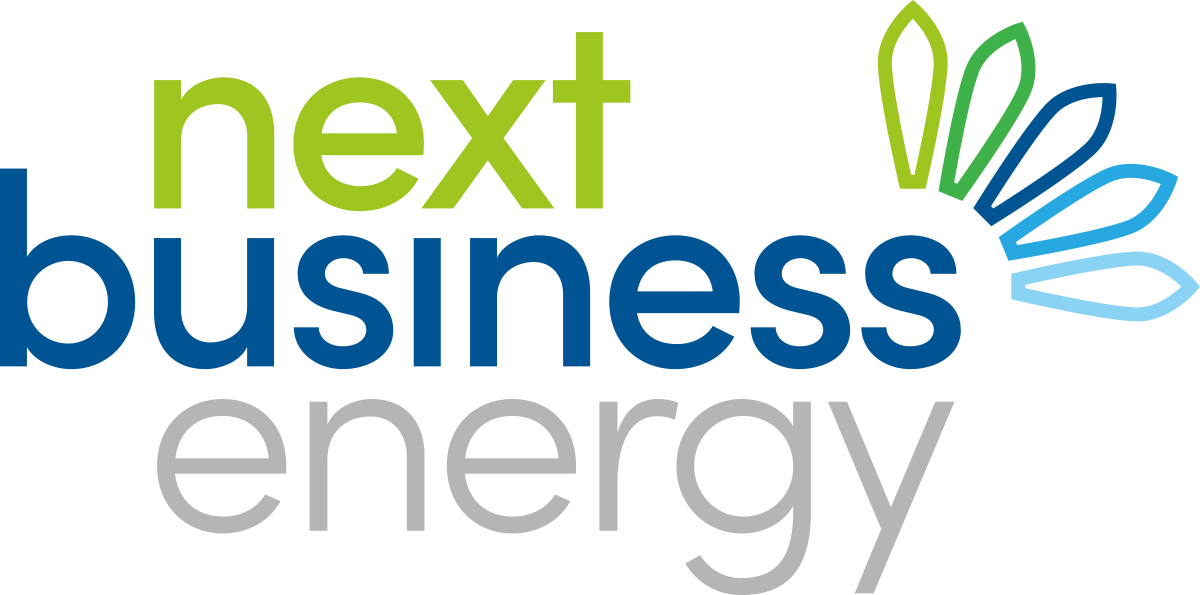If you keep a close eye on your energy bills, you may wonder why the costs often jump around. Your business energy bill has various components that are subject to change depending on various factors and considerations. At Next Business Energy, we support businesses looking to better understand their energy bills.
This article explores fluctuations in usage charges and explains why your bill may be changing. For a comprehensive breakdown of your energy bills, read our bill explainer.
Usage Charges
These charges reflect the amount of energy your business consumes over a specific billing period and are measured in kilowatt-hours (kWh). To calculate this figure for an individual device, you multiply the device’s power rating (watts) by the number of hours it was used.
Usage charges form a significant portion of your energy bill and vary depending on your consumption patterns. There are multiple types of usage charges, which we have included below, along with a few strategic tips.
Time of Use (ToU) Tariffs
ToU tariffs are designed based on the principle that energy costs vary at different times of the day. Prices are typically higher during ‘peak’ hours when demand is greatest, usually early in the morning and evening when residential and commercial usage coincide. Mid-day might see ‘shoulder’ rates, which are lower than peak rates but higher than off-peak rates. The lowest rates are available during ‘off-peak’ hours which due to the massive increase in rooftop solar, is moving from night time to during the day.
- Strategic Tip: Businesses can capitalise on ToU tariffs by shifting high-energy consumption activities to off-peak periods. This could mean running heavy machinery, charging electric vehicles, or performing energy-intensive tasks when rates are lowest, thus reducing overall energy expenditures.
- Strategic Tip: Consider upgrading your meter to a new “smart meter” which can support Time of Use tariffs, and offer other benefits.
Anytime or Flat Tariffs
Flat tariffs are straightforward—they offer a consistent price per unit of energy used, regardless of the time or level of demand. This simplicity makes budgeting easier since energy costs can be predicted without considering time variations.
- Strategic Tip: Flat tariffs don’t offer the cost-saving potential of ToU tariffs during off-peak times, but they provide stability and predictability for businesses with operations that can’t easily be shifted to different times of the day.
Demand Tariffs
Demand tariffs are based on the maximum rate of electricity drawn from the grid over a given period, usually assessed as the business’s highest Demand within a demand billing cycle. Distributors are increasingly moving customers to demand tariffs, as they are considered a more equitable way to charge for network costs. Demand tariffs include a charge based on the highest recorded demand, reflecting the cost to the utility of providing sufficient capacity to meet the peak demand times specified by the Distributor.
- Strategic Tip: To minimise costs on a demand tariff, it’s crucial to manage your peak demand. This can be achieved by staggering the use of major appliances or machinery so that they are not operating simultaneously, thereby reducing the peak energy demand recorded during any given period.
- Strategic Tip: Understand when your local Distributor’s demand times are and stagger turning on large equipment, as machine start-up can be when machines draw the most electricity demand. This will reduce your demand load, during those peak demand periods.
Controlled Load Tariffs
Controlled load tariffs apply to specific appliances, typically electric water heaters, that use electricity during designated off-peak times. Traditionally, these tariffs leveraged lower night-time rates. However, with the increasing proliferation of solar power, many businesses and homes can also benefit from reduced daytime rates when solar generation peaks.
- Strategic Tip: Consider moving controlled systems to charge or boost during the day, at lower rates.
Supply Charges
Supply charges are the fixed daily costs associated with bringing electricity or gas to your premises. These charges cover the maintenance of the energy grid, metering, and other administrative duties that your energy provider must perform, regardless of how much energy you use.
- Strategic Tip: While a low daily rate may be attractive, you need to balance that with your usage rates. If you have low usage levels, look for a lower daily rate. If you use a lot of power, focus on finding the best usage rates for your needs.
Understand Your Energy Bill’s Changing Face
Understanding the nuances of different energy tariffs can empower Australian businesses to make informed decisions about their energy use. By aligning business operations with the most advantageous tariff structure and adopting strategic energy management practices, businesses can achieve significant savings and enhance their sustainability efforts. Whether it’s shifting hours of operation, upgrading to energy-efficient appliances, or installing energy management systems, there are numerous ways to optimise energy expenditures effectively.

